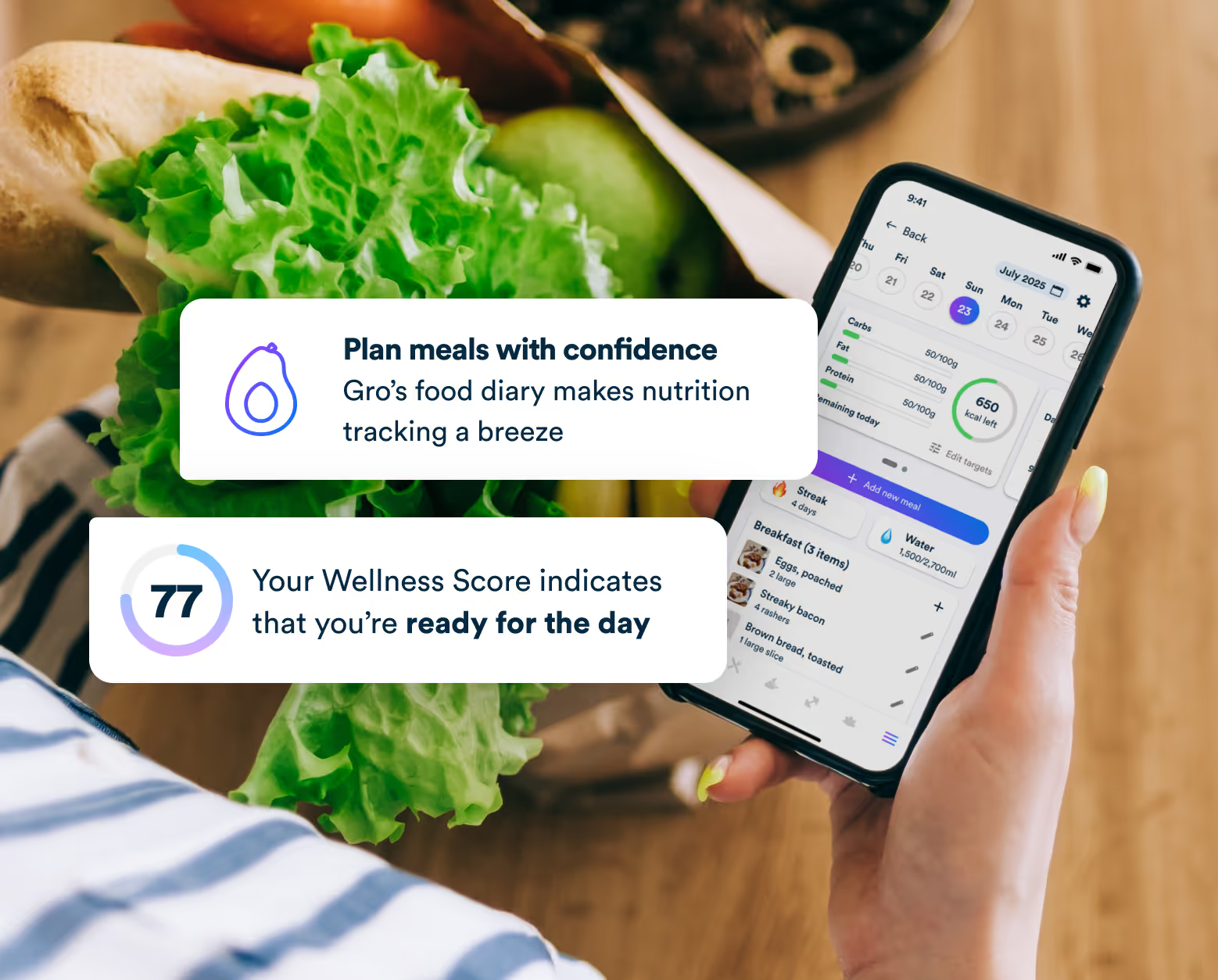Iron is an important micronutrient found in a variety of food sources. We need to ensure we get enough iron through our diet as it plays a vital role in transporting oxygen throughout our blood.
Haemoglobin requires iron to help transport oxygen around our body via red blood cells. Alongside this, iron is also needed for energy production and enzyme reactions.
What happens if we have too much or too little iron?
Our body can use some of its iron stores if we have too little iron. However, utilising our iron stores can lead to mild to severe iron deficiency – with the latter called iron deficiency anaemia.
Iron deficiency anaemia is the most common nutrition deficiency across the world. In particular, women of childbearing age and adolescent girls are at the biggest risk of iron deficiency anaemia because of higher iron needs and the blood loss during menstruation.
If you have a mild iron deficiency, you may have noticed symptoms like feeling tired and being more susceptible to infections. With iron deficiency anaemia, symptoms can include thinning hair, brittle nails, heart palpitations and mouth sores. Babies born to mothers with iron deficiency anaemia can have developmental problems such as poor motor skills.
On the other hand, having too much iron can lead to iron toxicity. This can typically occur when a person has taken iron supplements for an extended period of time. Alongside taking supplements, blood transfusions can also cause higher than average iron levels in the bloodstream.
Having too much iron can lead to constipation, vomiting and stomach pain.
How much iron do we need?
The daily reference nutrient intake (RNI) is dependent on factors such as age and sex, with females requiring more iron than males – especially when they are of childbearing age.
The RNI for iron is:
- 8.7 mg/day for males aged 19 and over
- 14.8mg/day for females aged 19-50
- 8.7mg/day for females aged over 50
Sources of iron
The two types of iron are haem iron and non-haem iron. The first, haem iron, comes from animal-based sources of iron, while non-haem iron comes from plant-based sources.
Haem iron is better absorbed by our bodies than the non-haem iron found in plant sources.[1] To improve the absorption of non-haem iron, you can consume it alongside foods containing vitamin C or haem iron.
Below is a list of sources of haem and non-haem iron. Don’t worry if you are a vegetarian or vegan as there are still many plant-based iron sources – although you may have to consume more vitamin C to aid in their absorption.
Animal-based sources (haem iron):
Chicken liver – 9.2mg/100g (carbs 0g/100g)
Fillet steak - 2.1mg/100g (carbs 0g/100g)
Lamb loin – 2mg/100g (carbs 0g/100g)
Beef mince – 1.4mg/100g (carbs 0g/100g)
Prawns – 1.1mg/100g (carbs 0g/100g)
Smoked mackerel – 1.1mg/100g (carbs 0g/100g)
Tinned tuna – 1mg/100g (carbs 0g/100g)
Plant-based sources (non-haem iron):
Sesame seeds – 10.4mg/100g (carbs 0.9g/100g)
Red lentils, dry – 7.6mg/100g (carbs 48.8g/100g)
Sunflower seeds – 6.4mg/100g (carbs 18.6g/100g)
Tofu – 5.4mg/100g (carbs 2g/100g)
Almonds – 3mg/100g (carbs 6.9g/100g)
Brazil nuts – 2.5mg/100g (carbs 3.1g/100g)
Baby spinach, raw – 1.9mg/100g (carbs 0.2g/100g)
Curly kale, raw – 1.7mg/100g (carbs 1.4g/100g)
Chickpeas, tinned – 1.5mg/100g (carbs 13g/100g)
References
[1] British Nutrition Foundation, 2018. Minerals and trace elements. [online] Available at: https://www.nutrition.org.uk/nutritionscience/nutrients-food-and-ingredients/minerals-and-trace-elements.html?limit=1&start=8


